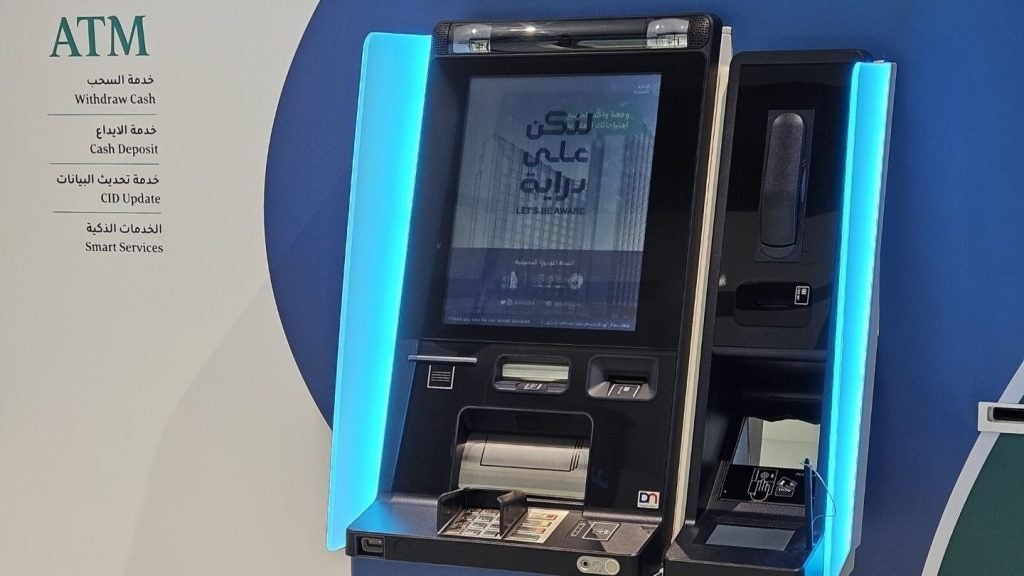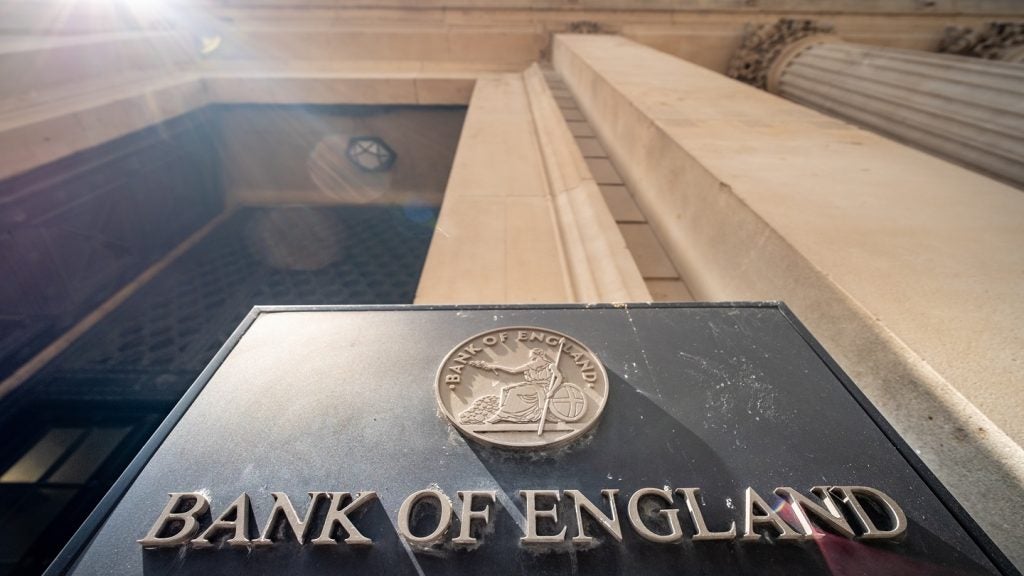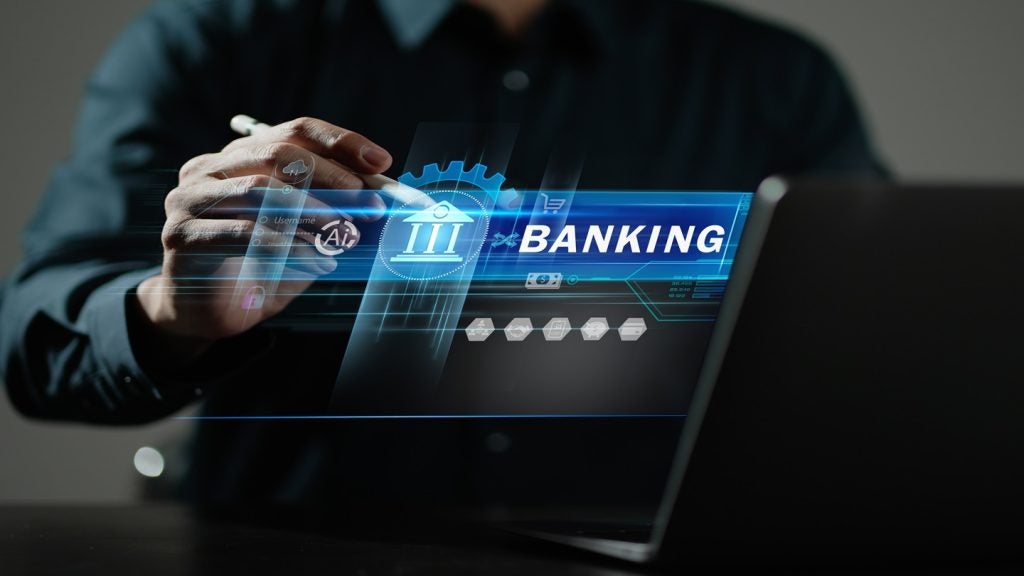The march towards banking service automation is
continuing apace in Norway, where an estimated four out of five
adults now use BankID electronic signatures to purchase products
and services from their financial institutions. Dan Jones spoke to two early pioneers,
DnB NOR and BN Bank, about their latest innovations.
In what is fast becoming one of the most innovative retail
banking markets in the world, Norwegian banks are continuing to
roll out simple, efficient and user-friendly customer processes
based on the innovative BankID electronic signature system. It is
fast revolutionising the way customers bank in the country.
Leading the charge are two institutions at
opposite ends of the scale: DnB NOR, the country’s largest bank,
with a domestic retail customer base of 2.2 million; and BN Bank, a
small direct bank with retail customer numbers totalling 55,000.
Both banks have plans for further expansion of their automated
processes.

The success and market penetration of the
BankID system in Norway has taken a further step forward, for
instance, with the launch of BN Bank’s automated account switching
facility.

US Tariffs are shifting - will you react or anticipate?
Don’t let policy changes catch you off guard. Stay proactive with real-time data and expert analysis.
By GlobalDataDeveloped by Norwegian IT firm EDB, the service allows its customers
to open new accounts online in a matter of seconds. DnB NOR,
meanwhile, has begun automating parts of its loan process; both
banks have a view to providing the same service for mortgage
customers by early 2010.
“We are the first bank in Norway to come up
with this service,” said Erlend Drilsvik, head of retail banking at
BN Bank, speaking to RBI about the account-switching
service. “We wanted to introduce something really simple to take
advantage of the current trends in Norway”.
DnB NOR is similarly proud of its own BankID
innovations. “We do not know of any other banks that can offer
borrowers and co-borrowers the option to sign the same documents
electronically,” said Britha Rosseland, project manager for the
automated credit process at DnB NOR, speaking to RBI.

On the liabilities side, the trend spoken of
by Drilsvik is similar to that seen in many countries: a strong
desire among consumers to change banks, coupled with a reticence to
actually follow through with such desires.
Figures from the Norwegian Financial Services
Association cited by BN Bank show that in 2008, some 60 percent of
Norwegian banking customers considered changing bank, yet only 6
percent ended up doing so over the course of the year. Further, BN
Bank estimates that one third of customers who begin the process of
changing bank do not complete the task.
According to Drilsvik, BN Bank’s new product
should eradicate that reluctance among consumers.
“The basic idea behind this new product is
that we are experiencing high opticals for changing banks in Norway
– it is a very simple service, and an account you can have besides
your primary account. We wanted to have a solution where customers
can establish an account with the BankID they already had in their
primary bank.”
A very simple process
For Norwegian customers interested
in switching to BN Bank’s EkstraKonto savings product, the process
is indeed simple.
To open an account, a customer must enter
their personal details on an encrypted web form, at which point the
bank produces a new customer agreement which can be accessed and
signed via BankID and an electronic code calculator respectively.
At that point, according to BN Bank, the customer is immediately
able to log in to the online banking service.
Removing the need to visit a bank branch,
receive customer agreements via post or visit a post office to
collect a digital passport or pin code card, will attract
considerable interest in the EkstraKonto product, the bank
believes.
“The goal is to accrue NOK1.5 billion [$265
million] in new money through the service next year,” said
Drilsvik.
That target is in line with a new business
strategy adopted by BN Bank earlier in 2009 following the
appointment of new managing director Lisbet Nærø in January.

Owned by a group of Norwegian savings
institutions (who in turn share products and services with their
subsidiary), BN Bank said in its third quarter report that its
retail focus is to be a “direct services bank with the emphasis on
self-service, simple products and competitive terms. The bank’s
focus will be on recruiting new customers, developing the customer
base, cost-effective operations and low risk”.
Significantly, however, the report also warned
of the “continuing, extremely tough competition in both deposits
and home loans”. BN Bank says it is one of the largest mortgage
lenders in the Norwegian market, and it is this segment on which it
intends to focus its innovations in 2010, said Drilsvik, with the
emphasis again being on BankID. Increased efficiency could be
crucial to the bank’s success given the continued pressure on
liability-based interest income.
“Margins will be under more pressure next
year, at least on loans and mortgages… We have a goal of
establishing the same automated service for mortgages in the second
quarter of 2010,” Drilsvik revealed.
“The online mortgage service will be our
primary focus next year, and we will also be doing our best to make
all our services, all our accounts, automated in 2010.”
A fully automated process
DnB NOR also envisages a fully
automated banking service becoming a reality in the near future. In
May, Jarle Mortensen, head of retail banking at DnB NOR, told
RBI that the bank had scope to roll out a paperless, fully
electronic delivery service across its entire range of lending and
savings products (see RBI
612).
The next step in that process came in October
when DnB NOR went live with a solution offering customers the
opportunity to refinance their loans electronically using BankID.
The move marks both an attempt to tap into the sizeable refinancing
market in Norway as well as the first step in a full-scale
automation of the home loan application process.
“It will save time and resources for both
customers and the bank. Customers will save time as they will not
have to print, collect or receive documents by post and
subsequently deliver them in person or return them by regular
mail,” said Rosseland.
“In addition, the loan will be disbursed more
quickly. This will also ensure higher quality, as electronic
signing minimises the risk of errors such as missing signatures or
signatures in the wrong places.”
Rosseland added that around 1,000 customers
had so far signed their loan documents electronically. It is
anticipated the majority of loan customers will begin using the
service over the course of the next two years.
But it is not just convenience for both bank
and customer that the automated approach offers: it also presents a
valuable marketing opportunity.
“The increased use of BankID and the shift to
electronic processes will ensure significant environmental gains,”
said Rosseland. “Once half of DnB NOR’s retail customer loans are
signed electronically, the reduction in the group’s paper
consumption will represent a 130-metre high pile of paper.”
The bank is also currently cooperating with
the Norwegian Mapping and Cadastre Authority, an organisation
primarily dedicated to cartography, on best practice for the
electronic mapping and registration of mortgage certificates.
“Once electronic mortgage certificates are
available in early 2010, customers will no longer be required to
have witnesses sign new mortgages, as they will then be able to
both identify themselves and sign electronically by using BankID.
Thus, this offering will also be relevant for customers raising
loans based on new collateral,” DnB NOR said in a statement.
Multiple signature
solutions
In the meantime, developments
continue apace. One crucial obstacle to loan process automation has
already been removed, earlier in 2009, with the development of
multiple signature solutions allowing a document to be signed by
more than one signee – for example, a husband and wife – even if
one of them is a customer of another bank.
With 80 percent of all Norwegian adults now
having a BankID, it is not just retail financial institutions that
are keen to hurry along technological innovations.
A regulation issued by the Norwegian ministry
of finance in April 2009, permitting banks to use electronic
authorisation to open a new customer relationship with a financial
institution, enabled the country’s banks to further their march
towards automation.
There do, however, remain some barriers which
must be overcome if the likes of DnB NOR are to achieve their goal
of automating all lending activities.
“Establishing a service to take up a loan to
refinance a new house will take some time as it is not yet possible
to sign deeds of transfer electronically,” said Rosseland.
“This will require a legislative amendment.
Today, real estate brokers are responsible for registering deeds of
transfer and collateral.”
For now, at BN Bank, the focus is very much on
the liabilities side of the business, in terms of automation at
least. It is new customer relationships that BN Bank is looking to
establish with its account switching innovation.
The EkstraKonto service is marketed as an
account for customers seeking a “straightforward, profitable and
transparent alternative home for their savings”, and constitutes a
100 percent self service account offering an interest rate of 3.2
percent.
Low key marketing
Promotional activity launched in
conjunction with the new account switching innovation has so far
focused on print and online marketing and has been relatively low
key.
But, said Drilsvik: “We will spend a lot more
next year – so far we have done print and online, and next year we
plan to couple that with TV commercials. But overall we will spend
about 70 percent of the marketing budget on the internet.”
Such targeting is unsurprising given the focus
on both electronic signatures and the institution’s status as a
direct bank. And despite its own automated ambitions, DnB NOR, with
its broader distributive focus, continues to believe in the virtues
of all channels.
“New distribution channels and an increase in
self-service options free up resources which we are now using to
increase the capacity of our advisory services,” said
Rosseland.
“However, customers are still welcome to visit
our branch offices. It is in branches, and not just on the
telephone or via email, that we wish to advise our customers on how
to use the new solutions and explain which services will be most
expedient.”








